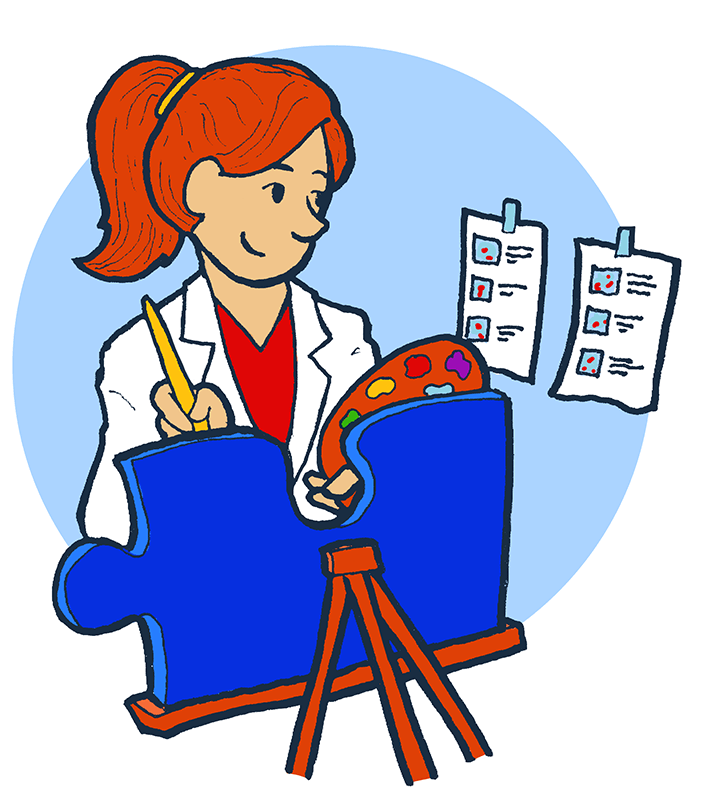 At PT, we have teams of engineers, writers, and production studio experts who produce amazing and creative solutions for your learning and development needs. To help orchestrate the participation of each group and manage a nimble development process, we take a unique approach to course construction.
At PT, we have teams of engineers, writers, and production studio experts who produce amazing and creative solutions for your learning and development needs. To help orchestrate the participation of each group and manage a nimble development process, we take a unique approach to course construction.
 Many overlook the full potential of the storyboard; for us, it serves a critical function in course development. Traditional methods usually include it only in the design phase. Our approach to the storyboard is to make it more than a milestone in the development process; it is a central focal point in the dynamic collaboration of PT’s development teams and allows them to stay focused on creating the learning experience your audience needs.
Many overlook the full potential of the storyboard; for us, it serves a critical function in course development. Traditional methods usually include it only in the design phase. Our approach to the storyboard is to make it more than a milestone in the development process; it is a central focal point in the dynamic collaboration of PT’s development teams and allows them to stay focused on creating the learning experience your audience needs.
The structure of our storyboard is simple: we track topics, text, scripts, interactions, development notes, and assets. During each review meeting, we use the storyboard as our development plan. This both gives us an on-going high-level view of the course and helps us see the relationships between each concept and the growing story. It also provides us with a detailed view of each section as it evolves and keeps us on track in meeting the course and learner objectives.
Using a dynamic storyboard as a primary planning and development guide delivers many key benefits:
- Allows on-going collaboration and creativity between development teams
- Provides a central and evolving view of the course and topic flow
- Enables each team to focus on the learner and the experience
- Gives the stakeholders an iterative view of the course through each development stage
- Becomes a useful reference document for testing and post-production changes
If this approach intrigues you, try creating one for your next project:
- Use the storyboard through the entire course-development process.
- Ensure active participation from all team members and stakeholders for input and review.
- Add on-going quality details to each section to clearly describe the development activity.
- Keep it simple so it doesn’t cost people unnecessary time.
We’ve found that by utilizing a dynamic storyboard, everyone involved in the project is able to focus more on creating a great learning experience and spend less time on project planning paperwork. By adopting this practice on your next project, I think you’ll be one step closer to creating a great learning experience for your audience.








